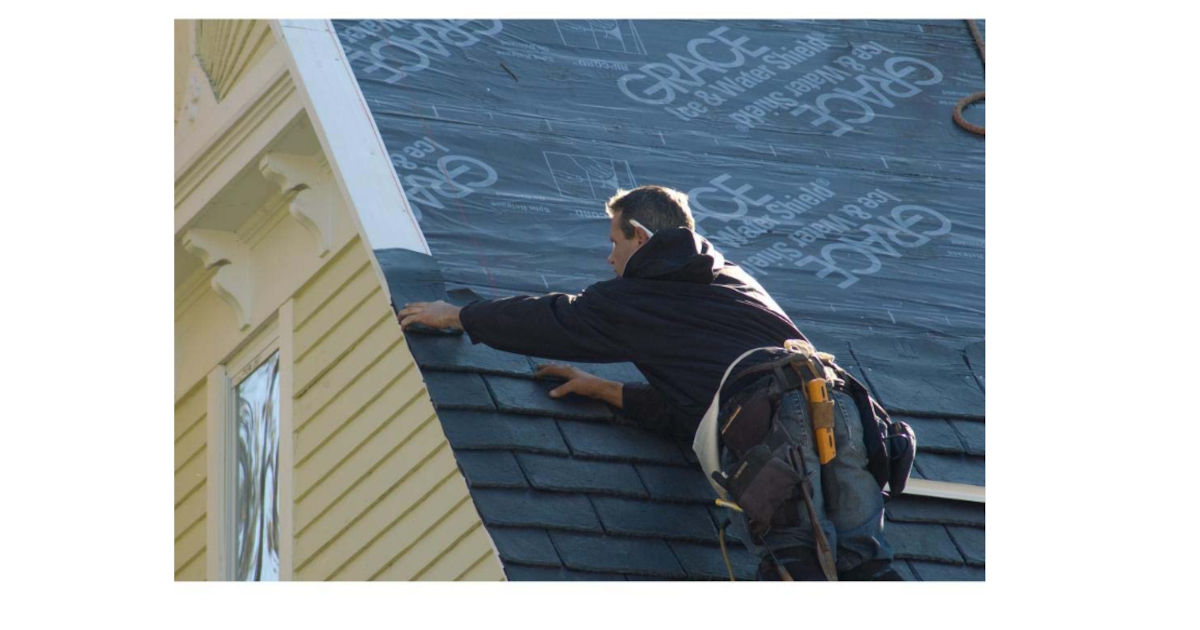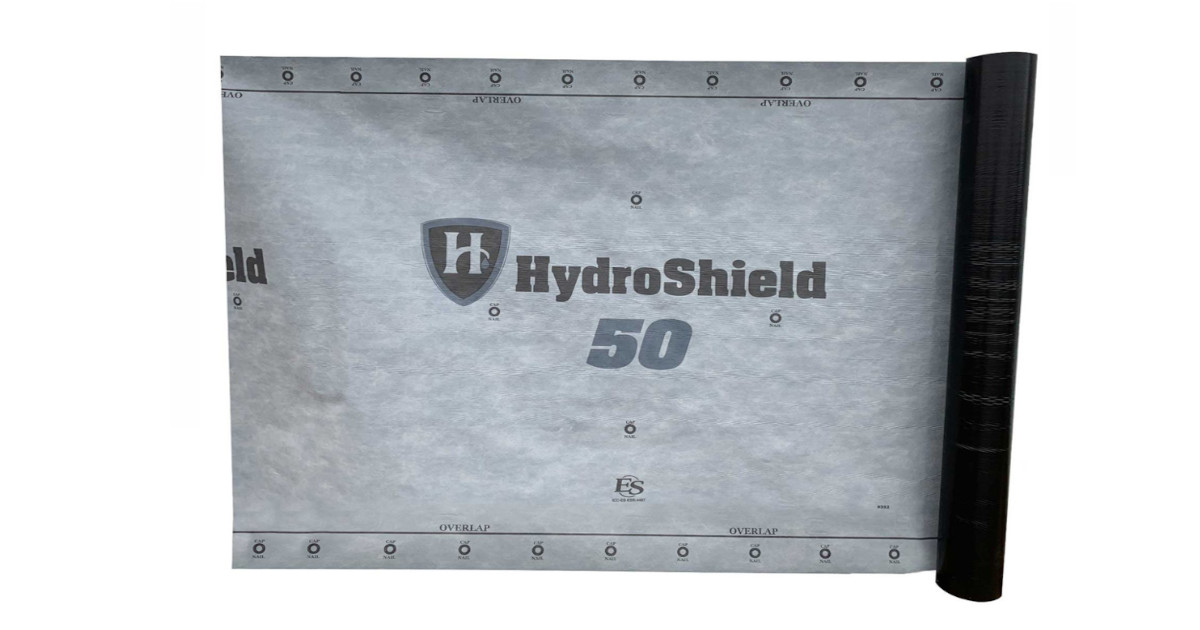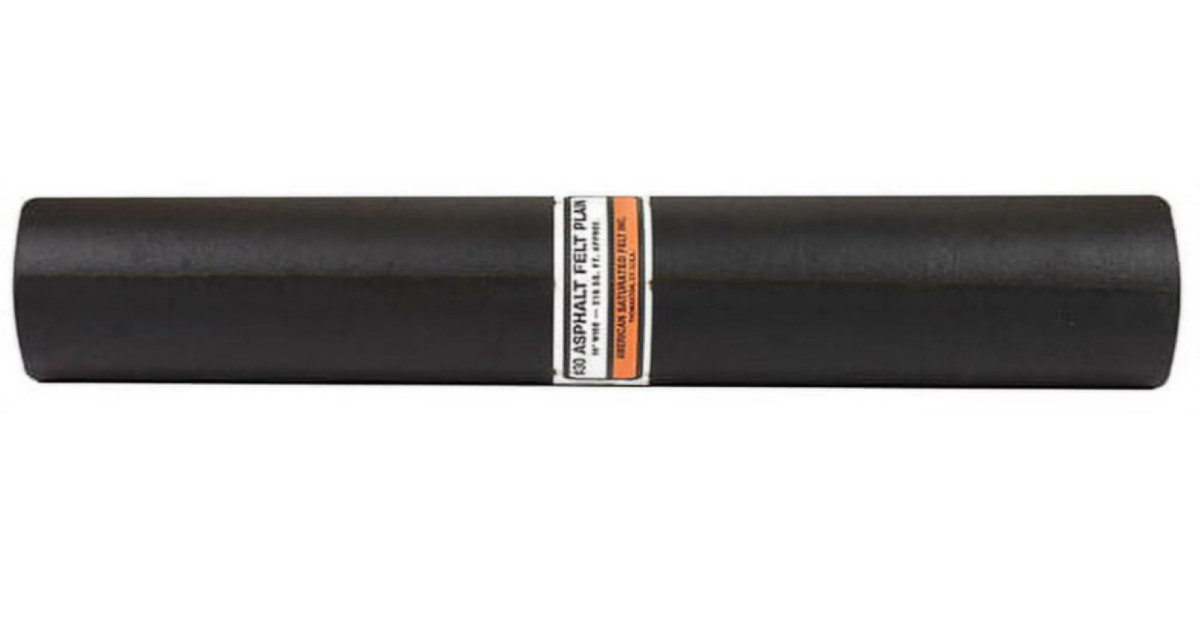What Are the Different Types of Roofing Underlayment?
Posted by Steven on December 11, 2024

What is Roofing underlayment?
Roofing Underlayment functions as a barrier that is installed between your roof deck and shingles. It acts as a waterproof barrier to keep moisture from entering your attic. Laying down underlayment is a crucial step in any roofing project. Depending on your roof, you will need one of three different roofing underlayments.Self Adhering Underlayment
Self Adhering Underlayment, or rubberized asphalt underlayment, installs more easily than any other underlayment. The adhesive side is protected by a peel-off membrane, which is removed before application. As a result of its rubberized asphalt composition, this peel-and-stick roof underlayment expands and contracts without breaking or cracking under extreme temperature changes.
Another benefit to the underlayment is the waterproof seal the adhesive creates to prevent moisture from penetrating through. This makes it great for leak-prone areas like eaves, vents, valleys, chimneys, and skylights. Self-adhering roof underlayment is a poor choice for someone looking to cut costs because it is the most expensive.
In areas prone to wind-driven rain and ice, a self-adhered ice and water shield underlayment is a reliable choice. This peel-and-stick material flexes with temperature changes, preventing cracks or breaks. It offers durable protection against water damage from melting and refreezing snow.

Synthetic Roofing Underlayments
Synthetic roof underlayment has become more popular for homeowners in the last ten years. Compared with saturated asphalt underlayments, it’s typically made of woven or spun polyethylene or polypropylene to increase durability and tear resistance. The design provides adequate durability, tear resistance, and waterproofing, but falls short of the level of rubberized asphalt.
Synthetic asphalt offers a medium price point, costing more than asphalt-saturated felt and less than rubberized asphalt. Synthetic underlayments are great for roofing projects because of their anti-slip properties, making them easier to walk on. Water repels it, and it is inert to mold.

Asphalt-Saturated Felt Underlayment
One of the oldest types of underlayment, Asphalt-Saturated Felt underlayment typically comes in 15 pounds per hundred square feet or No. 15 felt, and 30 pounds per hundred square feet or No. 30 felt. You should use No.15 felt for light-duty projects like a shed or garage and No.30 for your home. Felt is also the cheapest type of underlayment. Its affordability makes the felt one of the most popular underlayments to protect against hailstones or tree branches.
Felt is water resistant but not waterproof. To provide additional protection, install the underlayment in multiple layers. Best for cheap roof repairs, slate shingles, and tile shingles.
At Modern Builders Supply we offer three felt underlayments:
- Owens Corning ProArmor Synthetic Felt Underlayment
- RhinoRoof Synthetic 15lb. Felt Roofing Underlayment
- American Saturated Felt Non-Rated Felt

Conclusion
Roofing underlayment is essential for any roofing project. Asphalt-Saturated Felt underlayment is a budget option for durable roof protection. Underlayments made from synthetic materials are more durable, tear-resistant, and slip-resistant. Self-adhering underlayments create a waterproof seal that holds up during extreme weather conditions. Be sure to choose the roofing underlayment that works best for you.